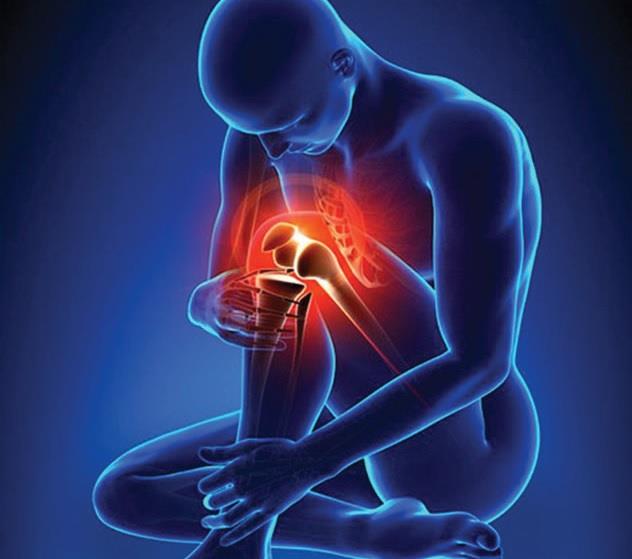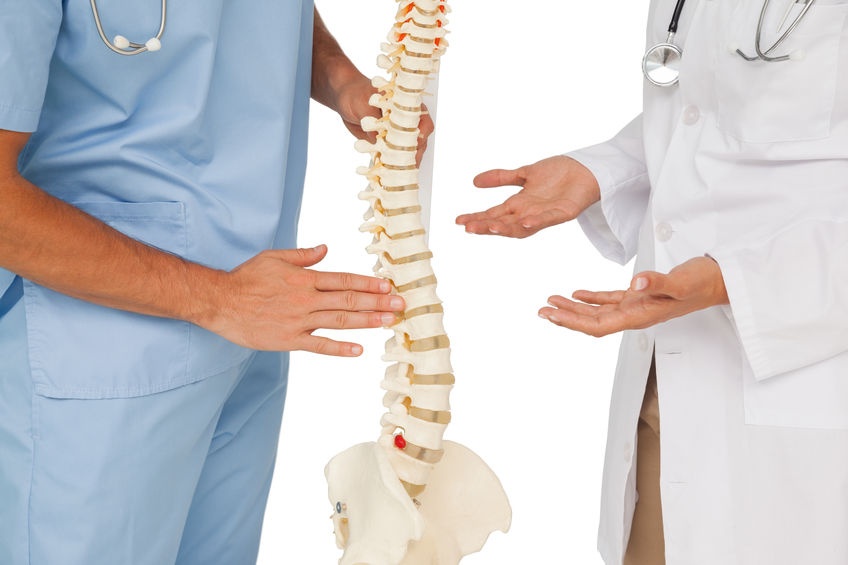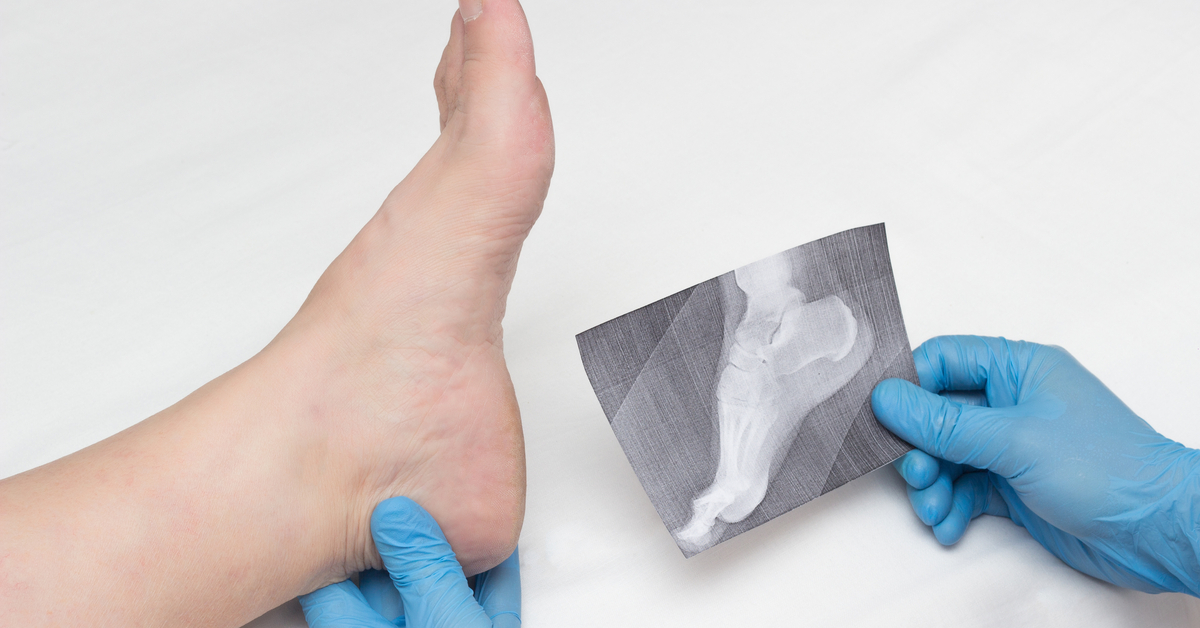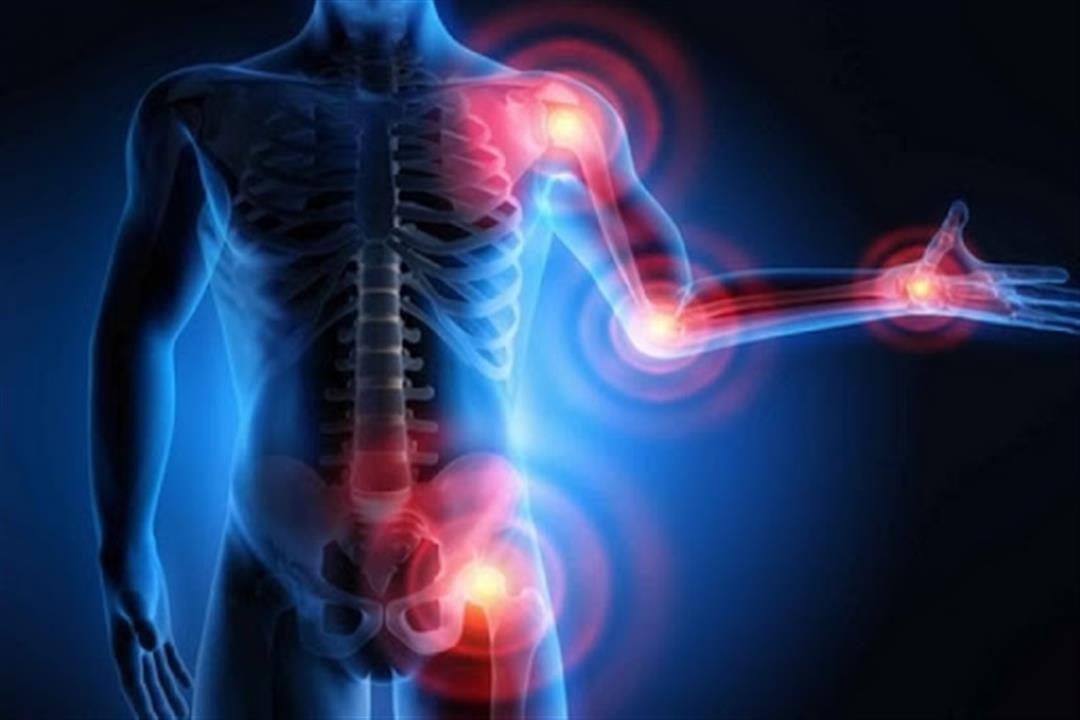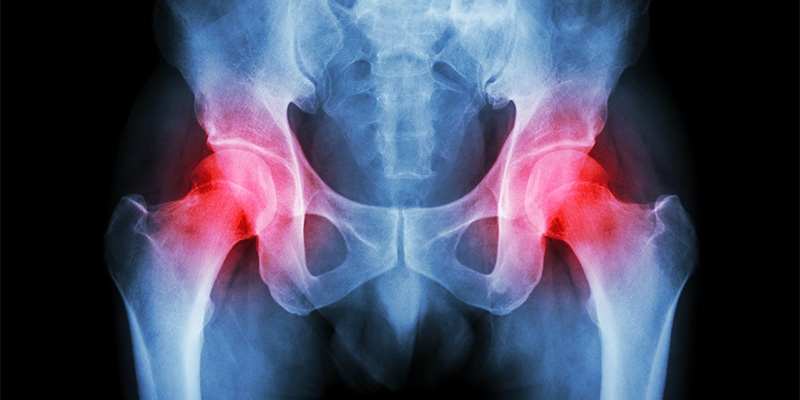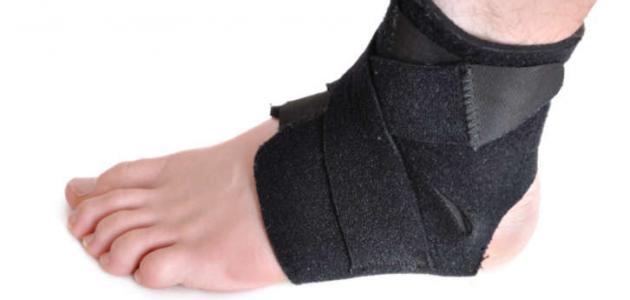?What is sciatica
Many people may not be aware of what sciatica is and when they are at risk of developing it, and most likely many may suffer from the symptoms of this disease without realizing it. Follow the following article with us to understand more about this topic.
What is sciatica?
Sciatica is defined as the pain that afflicts many individuals in the sciatic nerve, which extends along the legs, passing through the buttocks, until we reach the toes, and this occurs as a result of the pressure of the herniated disc or bony protrusions on parts of the nerve.
Mostly, sciatica affects only one side of the human body, and the pain felt by the individual is in the form of tingling, despite the severity of the pain that afflicts a sciatica patient, but the situation can be dealt with through light medications and painkillers that do not require going to the doctor most of the time.
But if the disease is not dealt with from its inception in a good way in order to prevent its development, this causes serious complications, as the patient becomes unable to move his feet normally in addition to facing many bowel problems and the inability to control the bladder.
Symptoms of sciatica
In addition to the presence of many symptoms that may be indicative of sciatica, many complications indicate that the patient has severe infections caused by sciatica, and here are some of them:
- High fever with severe back pain.
- Swelling is observed in the spine, accompanied by redness.
- Widespread pain in the leg.
- Feeling of numbness in the groin and pelvis.
- Severe burning when urinating may be accompanied by drops of blood.
- Permanent pain in the lower body area.
Symptoms of sciatica pain
There are many symptoms from which an individual may be inferred from sciatica, for example:
- A sensation of severe pain in the lower back that resembles burns or electric shock.
- The presence of pain in the leg and back area makes the individual unable to sit without feeling pain.
- Persistent pain in only one area of the buttocks.
- Feeling pain in the hip.
- Inability to move the leg well and a feeling of severe numbness.
- Note the presence of tingling in the lower leg area.
- Severe pain makes the patient have difficulty moving normally.
Sciatica treatment
Treatment methods differ from one person to another and are determined by observing the severity of the symptoms and the progression of the disease, as some treatment methods are very simple and there are rare cases that require surgical intervention, and here are some of the treatment methods used when suffering from sciatica:
Self-help
This method of treatment depends on the patient himself and the extent to which he changes some of his habits, for example:
- Avoid staying at rest for long periods.
- Make cold and hot compresses alternately between each.
- Use of types of painkillers that do not require the intervention of a doctor, such as paracetamol and ibuprofen.
Spinal injection
If the normal methods do not work for the patient or make him feel better, then in that case the doctor prescribes a corticosteroid injection to be taken in the spine, or a local anesthetic, as these injections have a direct effect on the area of inflammation, which quickly relieves the pain.
Natural therapy
Some cases of sciatica do not require taking any medications or surgery, and it is enough to do some physical therapy exercises with a specialist, as these exercises work to strengthen the muscles and increase the flexibility of the back.
In addition, it is necessary to know suitable positions for standing and sitting in order to reduce pressure on the back, which may cause a lot of pain to the individual.
Sciatica treatment with cupping
Many people follow the method of treating sciatica through cupping, as this method depends on applying negative pressure on the area that surrounds the sciatic nerve, and there are many benefits that one gets from cupping, including:
- Reducing the severity of sciatica symptoms as a result of removing stagnant blood under the skin.
- Reducing pressure on muscles.
- Stimulating the flow of blood and nutrients to the sciatic nerve.
- Removal of cellular remnants that impede nerve functions.
Treating sciatica with exercises
Sciatica exercises increase the rigidity of the piriformis muscles, the piriformis muscle, the lower back muscles, and the hamstrings. Here are some of the exercises that help with that:
Knee-to-Chest Exercise

This exercise stretches the muscles in the lower buttocks and upper thigh muscles, here’s how to do it:
- Lie on your back with your legs bent and feet flat on the floor.
- Bring only one knee to your chest, keeping the other in place.
- Press your lower back to the floor for 30 seconds.
- Do these steps 2 to 4 times on each side.
Standing Hamstring Stretch

This exercise relieves pressure on the groin area, and here’s how to do it:
- Stand upright and raise one foot slightly higher.
- Straighten the lifted leg, keeping the toes pointing up.
- Bend forward while keeping your back straight.
- Hold this position for 20 to 30 seconds.
- Repeat the steps with the other foot.
Pelvic tilt

Exercise relieves the pain that people feel when they have sciatica, and here’s how to do it:
- Lie on the floor with both feet and knees bent.
- Push the stomach out.
- Hold this position for 5 seconds.
- Straighten the back on the floor and pull the navel down.
- Stay like this for 5 seconds.
- Repeat this exercise several times until you reach 30 repetitions.
Sitting spinal stretch

This exercise relieves pressure on the muscles that surround the spine. Here’s how to do this exercise:
- Sit on the floor.
- Bend the right knee and place the foot flat on the floor on the outside of the left foot.
- Place the left elbow on the outside of the right knee to turn the body towards the right.
- Hold this position for 30 seconds.
- Repeat the same steps with the other foot.
Reclining pigeon pose

This exercise is considered a type of yoga, and here is the proper way to do it:
- Lie on your back and bring your right leg together with your hands behind your thigh.
- Lift the left leg and place the right ankle on top of the left knee.
- Hold this position for a moment and then repeat the steps with the other foot.
Can sciatica be cured?
Modern methods have not yet reached a definitive way to cure sciatica, but the therapeutic methods that are used work to reduce the severity of symptoms significantly and prevent serious complications.
There are some individuals whose extent of pain is very small and lasts only for weeks and then fades away completely until it returns after a long time, but if the pain attacks begin to be more severe, this may be a warning of the need to be careful about the development of the disease and consult a doctor immediately.
Does sciatica affect the legs?
Individuals suffer from sciatica as a result of severe inflammation in the sciatic nerve that is located along the legs, which causes the individual to feel pain as a result, and sciatica may mostly affect only one side of the body, but it may also develop over time and its effect includes both legs.



